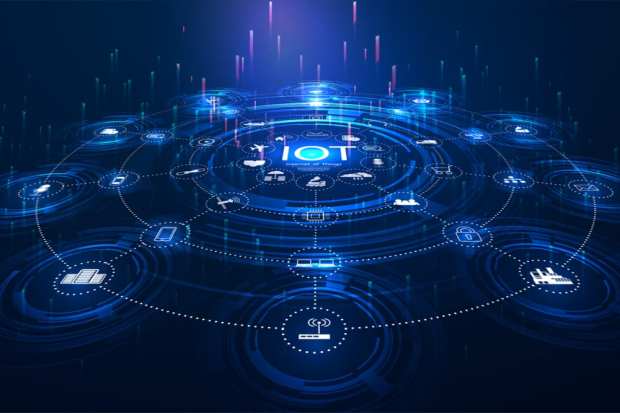How Will Retailers Deal With The Internet of Things’ Trillions of Data Points?

The Internet of Things (IoT) is a phenomenon — so far, a bit of a limited one.
Connected devices harbor the potential to bring commerce to endpoints where it never existed before. But right now, most firms that enable commerce are struggling to enable it across the IoT, narrow channels, defined as either online or offline.
In an interview with Karen Webster, David Weidner, senior director of Pelion Market Development at Arm, said that that data combined with machine learning (ML) is the key for retailers to build personalized shopping experiences across physical and online settings.
The data? Hidden in the devices themselves, providing insight into who’s shopping, how they’re shopping, how they prefer to shop. It all adds up into billions of digital impressions, rendered in real time.
Making sense of it all means getting a hold of the data. And getting hold of that data itself can be a challenge.
Arm has estimated that the number of IoT devices will reach 1 trillion by 2035, and as Weidner explained, in a world where IoT takes root: “As more devices get deployed, the complexity has come along… ‘How do I take those digital impressions and understand, as they come into the physical world, what products consumers are interacting with — and who they are?’”
Turns out that throwing a bunch of sensors at the retail experience is not nearly enough.
Creating a 360-degree view of the customer — as they move and transact across an increasingly omnichannel world — he told Webster, can be done through a platform model that unifies enterprise and IoT data.
He said that in the case of the Arm Pelion IoT Platform, information is extracted from devices, brought across network connections, and then aggregated to provide actionable insight.
Eliminating Fragmentation
That approach eliminates the fragmentation and silos that have existed across the IoT landscape, Weidner maintained. He told Webster that consumer electronics companies and consumer goods companies have been striving to create new business models to take physical products and, for example, turn them into subscription-based offerings.
“Three years ago, when people talked about IoT, it was about ‘How I’m going to hook everything up, and I will have all this data,’” Weidner explained. “Well, a lot of projects have failed because there is no return on investment. People say, ‘I don’t know what to do with all this data.’”
The platform approach, he said, plugs in data from the physical world, ties it into the other data an enterprise might have on a customer (Weidner pointed to the Arm Treasure Data’s Customer Data Platform that marries online and offline information). That helps retailers drive marketing strategy, which in turn can boost customer throughput and average revenue per user (ARPU).
The goal, said Weidner, is not necessarily (or solely) to drive individuals to brick-and-mortar locations. Rather, it is to reduce the number of touchpoints needed to get to a sale wherever the customer might be. Retailers must take into account — and suggest — the easiest way to for a consumer to get what he or she wants, online or off.
Weidner gave the hypothetical example of a consumer, who, within two miles of a store, can get an alert or offer for a product — right down to the shelf location. Such tailored approaches allow retailers to maximize their inventory, too, gauging demand in a given location or region, which helps them avoid having to take markdowns. He offered up the example of wish.com, an eCommerce platform, which through the unified analytics underpinned by the platform, had been able to build personalized shopping recommendations and optimize its own algorithms to drive conversion growth.
Weidner said that retailers will increasingly have to mull how to maximize all their channels to reach the customer — even the one who is not leaving their home or is sticking close to home.
And with a nod to current events, as the retail landscape shifts (at least for now, and possibly for a lot longer): “There are a lot more channels than there used to be,” he said. “You don’t have to go into the shop. And if we think about what’s going on with coronavirus right now, you’re going to have a lot fewer touch points.”
